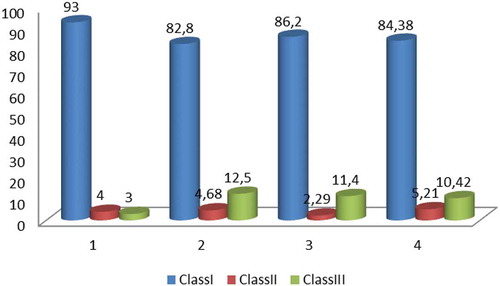Figures & data
Table 1. Origin of plant material.
Table 2. Pollen viability in studied species, analysed by acetocarmine staining.
Figure 1. Development of male gametophyte and estimation of pollen viability by acetocarmine testing: (a) mature pollen and anther wall; (b) two-celled mature pollen grains; (c) viable pollen grains; (d) nonviable pollen grain. Abbreviations: pg, pollen grain; ep, epiderma; en, endotecium; ml middle layer. Magnification: 400×.
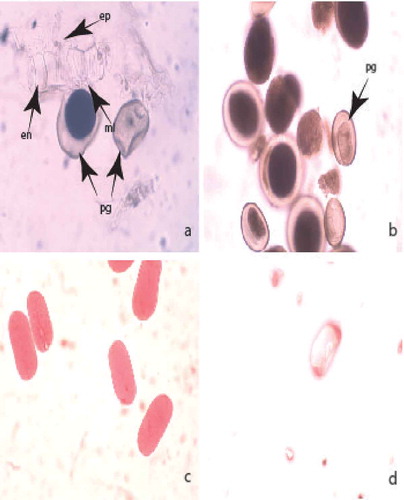
Figure 2. Ovule and development of female gametophyte: (a) three-locular ovary; (b) mature embryo sac with nucellar cap and integumental tapetum and egg apparatus; (c) egg apparatus and two polar nuclei in the mature embryo sac; (d) egg apparatus and central cell in the mature embryo sac. Abbreviations: hyp, hypostase; it, integumental tapetum; nc, nucellar cap; pn, pollar nucleus; cc, central cell; egc, egg cell; sin, synergid. Magnification: 100× for (a), 400× for (b–d).
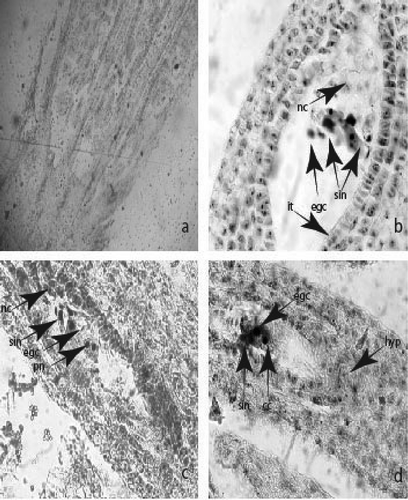
Figure 3. Ovule and development of female gametophyte: (a) two celled proembryo and endospermal nuclei; (b) young Asterad-type embryo in the embryo sac; (c) globular embryo; (d) mature embryo sac with podium, hypostase and egg cell, antipodals and additional synergid embryo. Abbreviations: egc, egg cell; ant, antipodal; em, embryo; endn, еndospermal nucleus; hyp, hypostase. Magnification 400×.
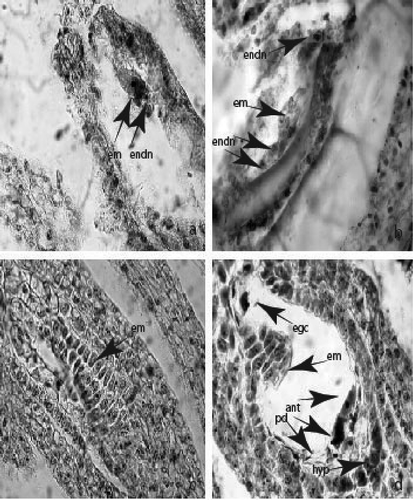
Figure 4. Ovule and development of female gametophyte: (a) anatropous ovule in the ovary locule; (b) mature embryo sac with integumental tapetum and legitimate, additional embryo and antipodals (c) integumental obturator; (d) two embryos – legitimate and additional at globular stage. Abbreviations: ao, anatropous ovule; io, integumental obturator; it, integumental tapetum; ant, antipodal; lem, legitimate embryo; adem, additional embryo; intint, internal integument; exint, external integument. Magnification: 100x for fig. (a), 400x for figs (b)-(d).
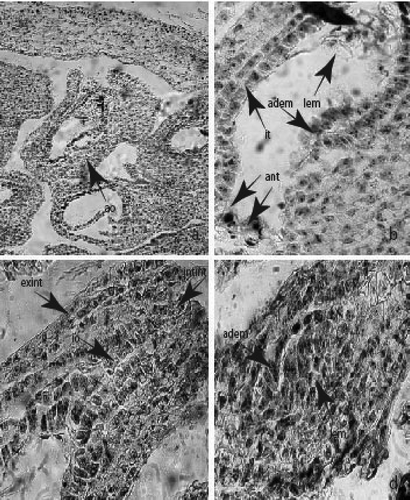
Figure 5. Seed viability according tetrazolium test: (a) dark red coloured viable embryo; (b) dark red coloured viable embryo with part of endosperm; (c) light red coloured viable embryo; (d) nonviable colourless embryo. Abbreviations: cot, cotyledon; end, endosperm; rt, root tip.
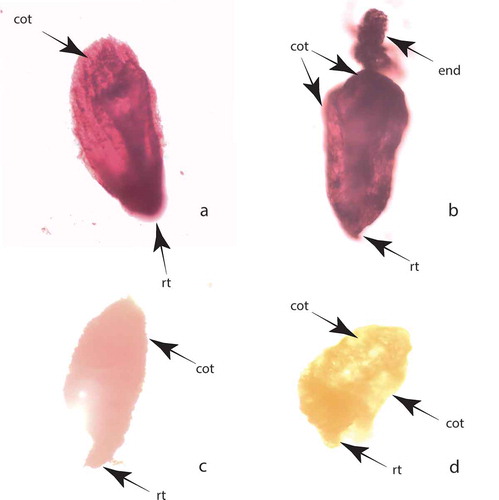
Figure 6. Frequency of embryos in classes depending on the stainability in the three studied species: Class I – dark red coloured embryos; Class II – light red coloured embryos; Class III – stainless embryos; 1. C. autumnale; 2. C. diampolis – population from Karnobat; 3. C. diampolis – population from Yambol; 4. C. bivonae.
